Sofia is a strikingly beautiful and absolutely magic six years old little girl.
The amazing beauty of Sofia would never let you suspect that behind her vivid eyes and enchanting smiles such a dramatic reality is hidden: Sofia suffers from Rett Syndrome, a rare neurodevelopmental disease that trapped her into a body not willing to respond to her intentions. Sofia cannot talk or purposefully use her hands, she cannot run or climb a step, she has difficulties in eating, sleeping, sometimes even breathing and can be very easily overwhelmed with emotions and mood swings. She cannot explain if anything is wrong, if she’s in pain, if, for any reason, she’s particularly happy. But she tries, restless, with all her strenghts. If really she can’t succeed, frustration leads her to desperate screams, headshots against anything behind her and bites to her own hands.
-
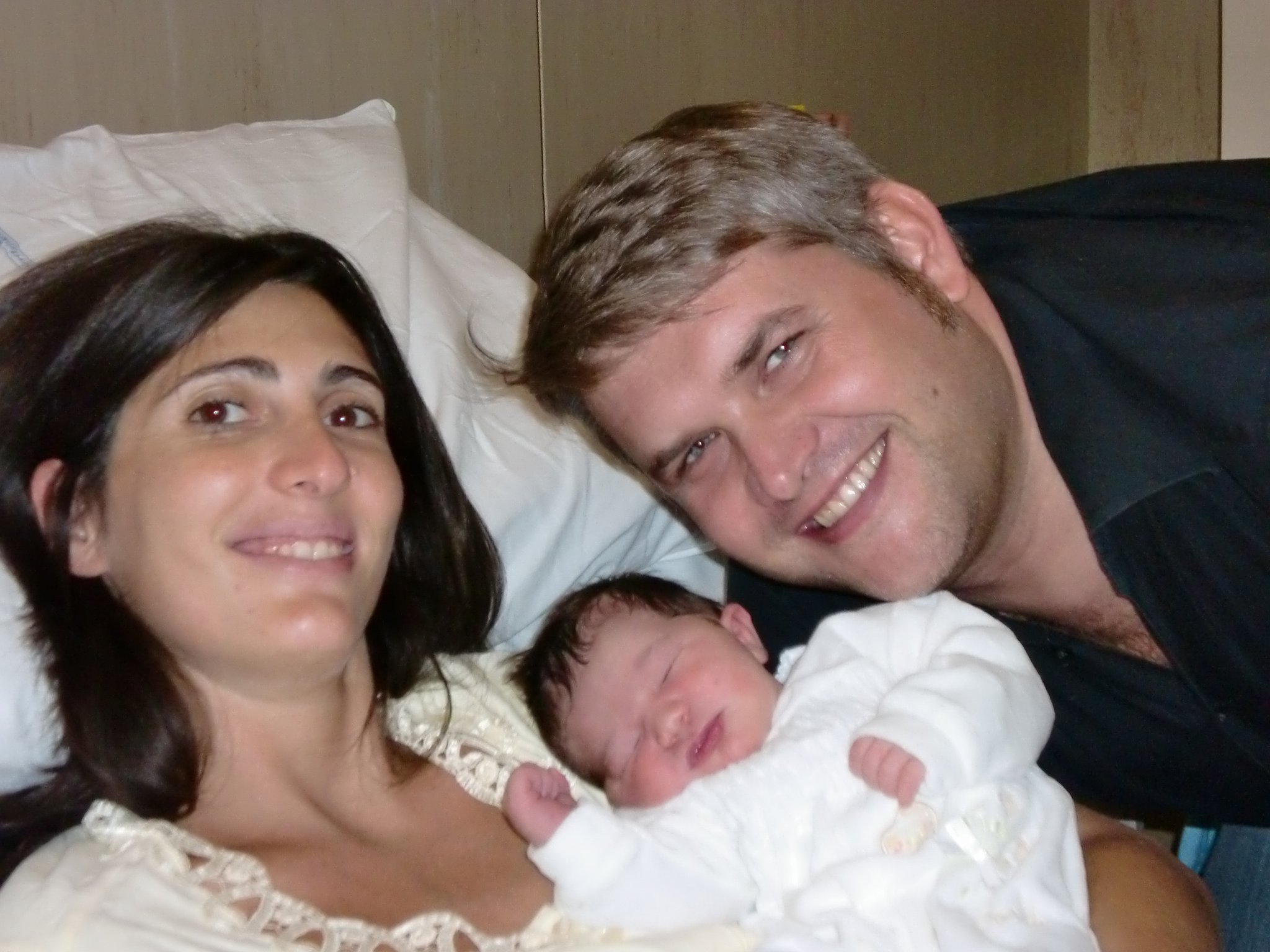 Sofia's birth day: 21.10.2010
Sofia's birth day: 21.10.2010 -
 November 2010
November 2010 -
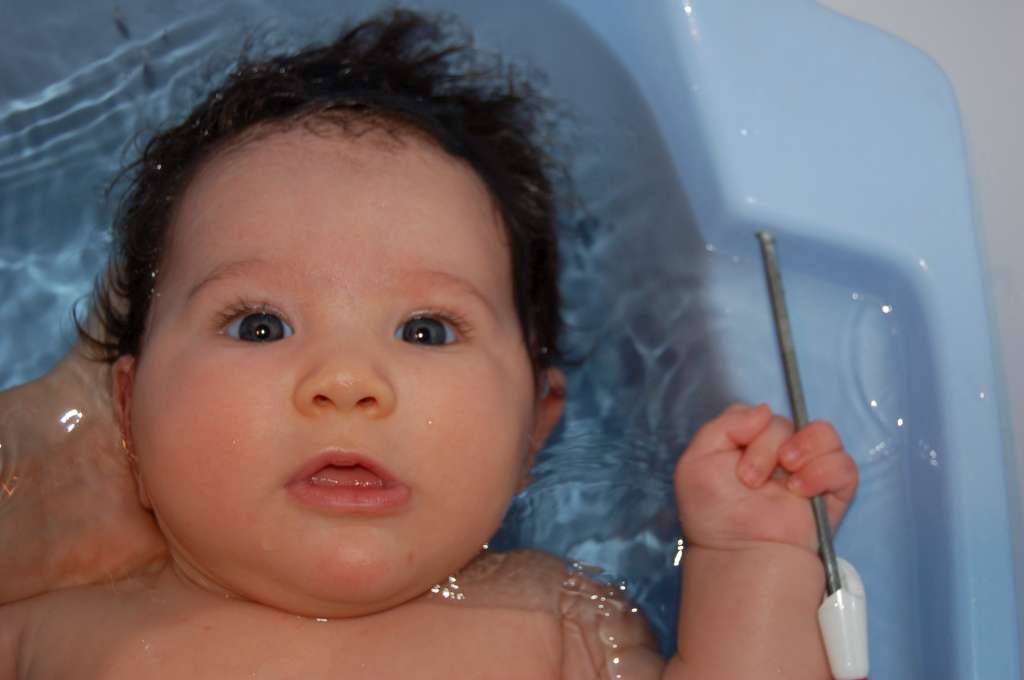 December 2010
December 2010 -
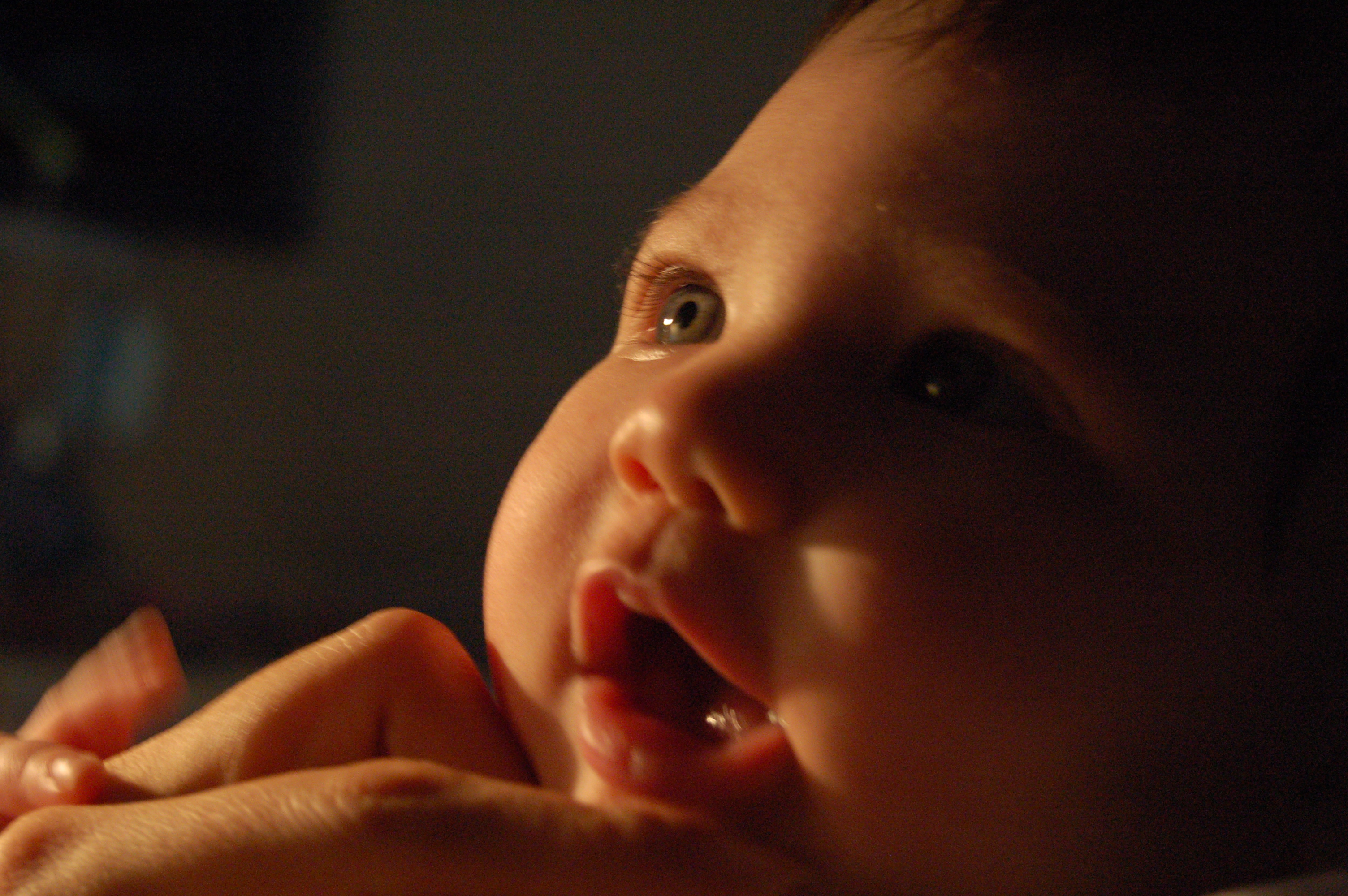 January 2011
January 2011 -
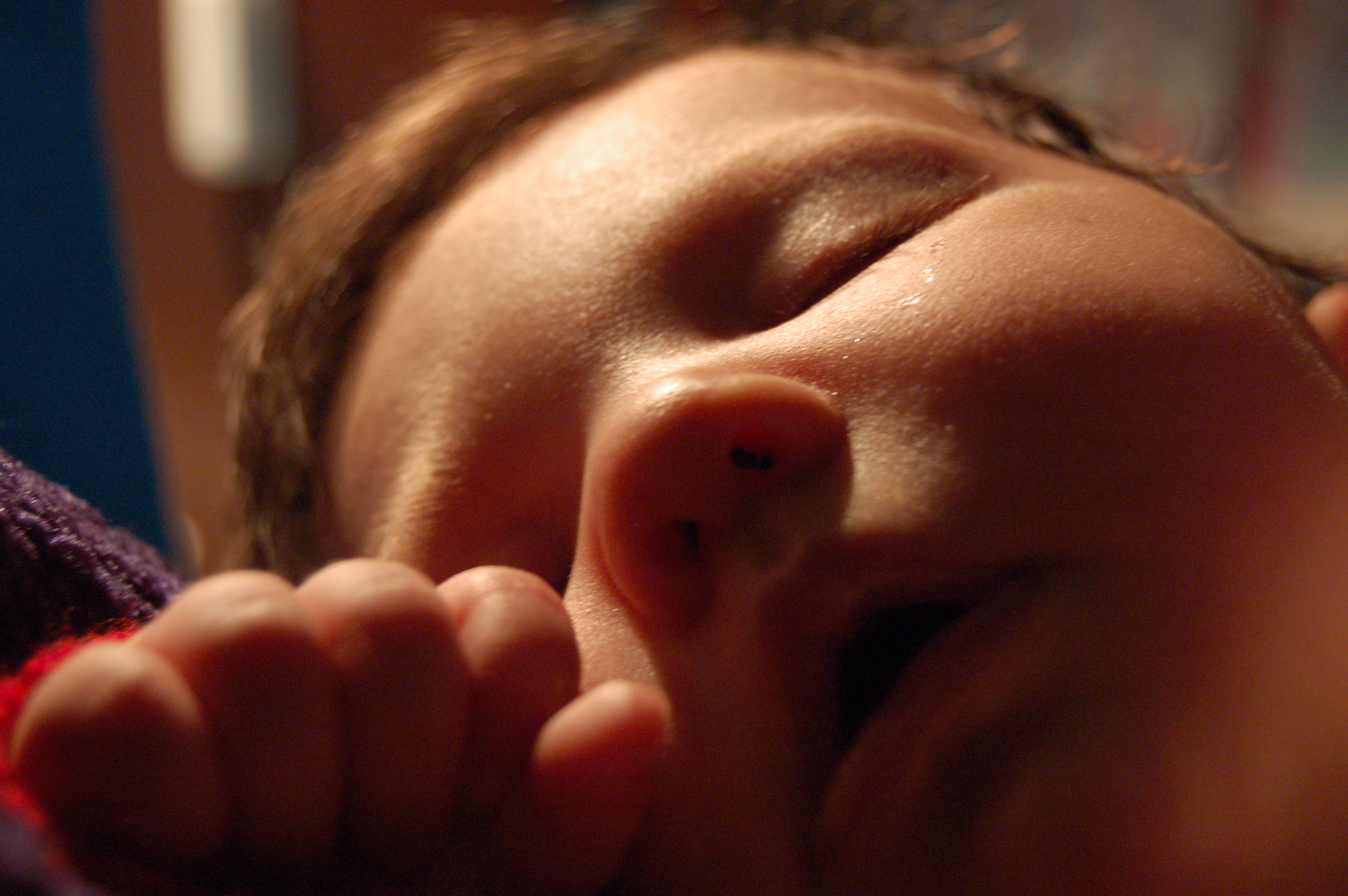 January 2011
January 2011 -
 April 2011
April 2011 -
 April 2011
April 2011 -
 August 2011
August 2011 -
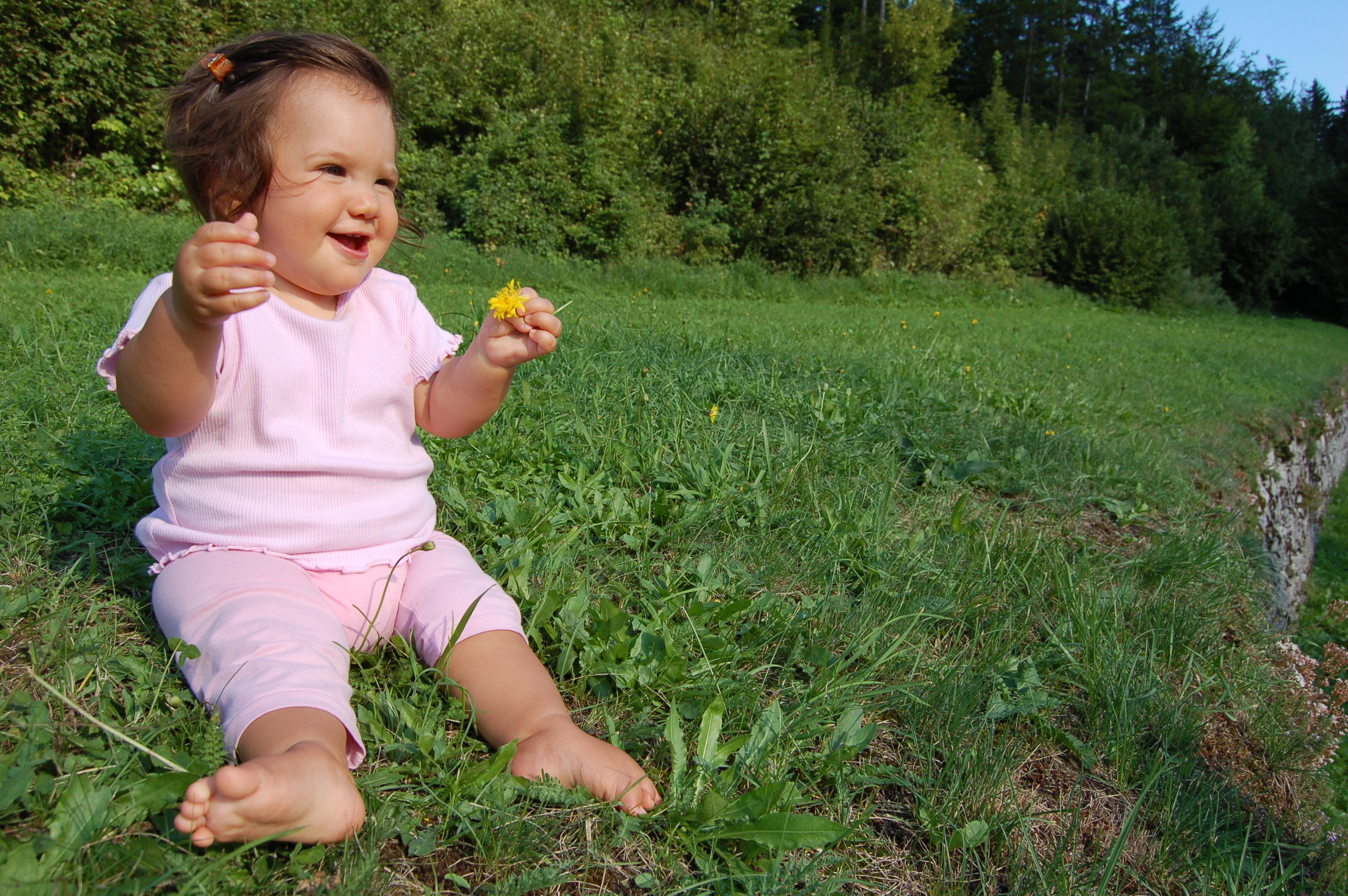 August 2011
August 2011 -
 August 2011
August 2011 -
 August 2011
August 2011 -
 August 2011
August 2011
Sofia’s regression
Sofia grew up apparently and substantially “normal” until the age of 18 months. She was smart and fast-learning. In January 2012, when she was just 15 months old, her vocabulary consisted already of 10 words, while she had already learned how to walk around home by her self since a while. Sofia’s social engagement was intriguing, her curiosity was restless, and no clue at that time could be noticed which could anticipate the magnitude of Sofia’s sad destiny.
Then, the so called “disruptive regression”, typical of Rett Syndrome, started. It was the end of February 2012, during the very first weeks of Sofia’s new life in Dubai, United Arab Emirates, were her family expatriated from Italy. Nobody could know it was a “regression”, but everyone could notice it was certainly “disruptive”: all of a sudden, in a matter of days, Sofia stopped talking and progressively showed increasing discomfort culminating in loud screaming and autistic-like behaviors. Her social interaction regressed, her learning curve flattened.. Sofia was clearly going through something weird, very scary and worrisome indeed.
Diagnosis: Rett Syndrome
Finding explanations and answers from doctors to what was happening was complicated. All sorts of guesses were made: from autism to vaccine-inducted heavy metals intoxication, from citomegalovirus to a cerebral damage. Then the truth, cold and sharp, all of a sudden stood in front of Sofia’s parents: Sofia had Rett Syndrome!
Rett Syndrome is a rare disease, difficult to diagnose because most doctors will never have a chance to see a single case in their whole professional life… but if they did even only once, then they may clinically diagnose a Rett Syndrome literally on the spot: once you have known it you recognize it. So it was in Sofia’s case, who was correctly diagnosed with Rett Syndrome just after a few irritating questions during an interview with one of such doctors who know about it. It then took less than one month to confirm the clinical diagnosis with a positive MECP2 gene mutation test. It was July 27th, 2012. Black on white, there is was, a life sentence.
The sky fell down and desperation overwhelmed Sofia’s entire family. It took a whole summer to accept the idea that Sofia, beloved daughter and niece, had been sentenced to one of the most distressing and cruel diseases one could think of. It took months to get acquainted with the idea of future Sofia’s family was meant to face.
The progress of the disease
Sofia’s silent disease, Rett Syndrome, made its progress. Hand stereotyped movements, typically hand-washing, showed up during the following summer, but then became, unavoidably, hands-in-the-mouth restless stereotypies. Disturbed sleeping patterns became more and more evident, requiring constant swinging in order to ease relaxation and falling asleep. Masticating and swallowing difficulties came next, along with reduced bowel motility. Muscular hypotonia had probably always been there, but it became more and more evident, especially in comparison to normal children. Weight, height and head circumference growth were all scoring increasingly below normal percentiles. Abnormal mood swings, from spells of loud laughter to desperate, restless crying along with self-inflicted wounds became as well a daily routine. Sofia’s parents couldn’t restrain from crying when, for the first time, the ECG showed a “tipically RTT slowed down profile”. Rett Syndrome was all over, silent and merciless.
It takes some magic
As soon as the disruptive regression approached its end, in the Fall of 2013, Sofia’s mood became more stable, while parents and family progressively figured out how to cope with the disease’s daily complications, realizing that someone as extraordinary as Sofia needs to be approached with a bit of.. magic. A “magic” swinging bed was designed and built by her father to help her fall asleep, “magic” VOCA buttons gave voice to Sofia’s desperate need to communicate, “magic” friends learned how to play with Sofia, “magic” teachers took the challenge to include her in their kindergarden classroom, “magic” physiotherapists helped Sofia to recover some of her motor skills gaps.
Despite the most severe conditions, Sofia finds every day the strength to smile again. No matter how frustrating the multiple daily distressing challenges she may be confronted with, she won’t surrender. Her smile will resurface again, taking out the very best from everyone around her.
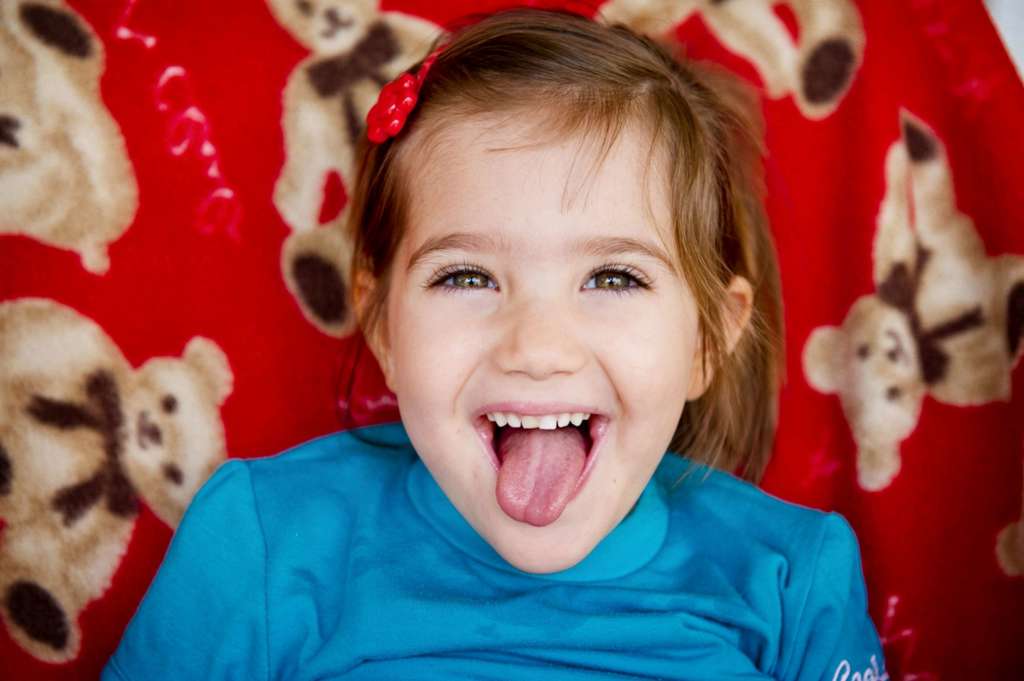
This bit of magic has made and makes the difference every day: it was indeed Sofia’s undefeated, magic smile what really, unavoidably, inspired her parents, relatives and friends to fight for Sofia’s cause, the cause to raise awareness about Rett Syndrome and to raise funds in order to support scientific research to find, as soon as possible, a curefor her and all other little girls and grown up girls around the world who suffer from the same disease.
This website will tell you all about it.
Search
OUR MOST RECENT NEWS
- Join the campaign “Christmas with One day Sofia…” 19/12/2014
- www.onedaysofia.org is online 05/12/2014
OUR LATEST FACEBOOK POSTS
OUR LATEST TWEETS
© 2025 — Website: One day Sofia... (Onlus) - Photographs: Terhi Karppinen
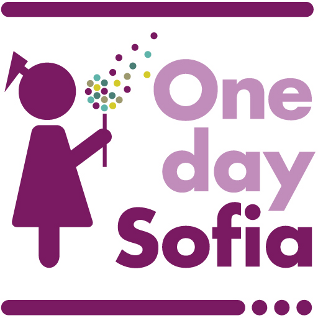
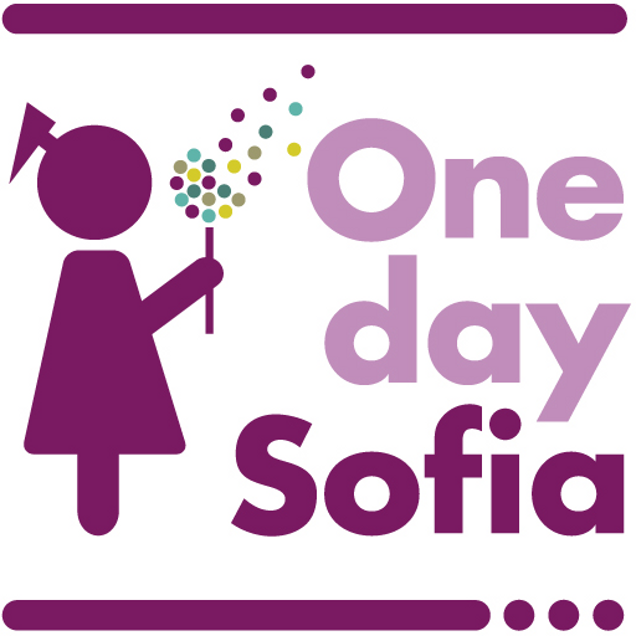
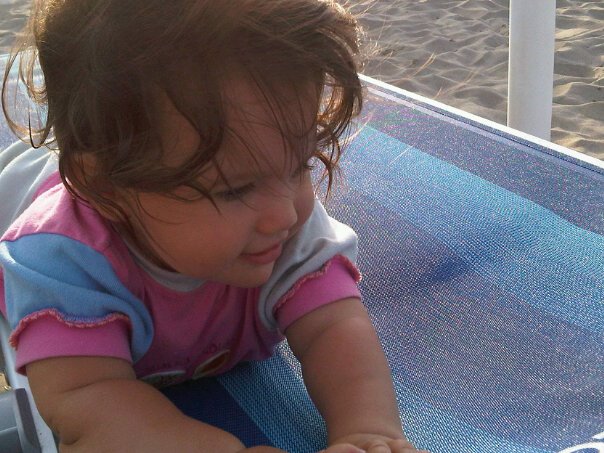
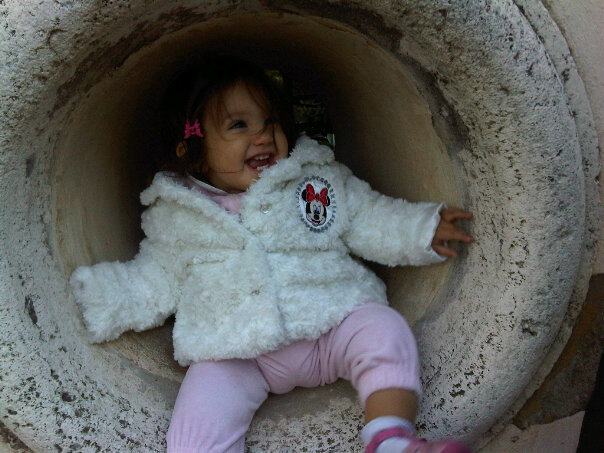
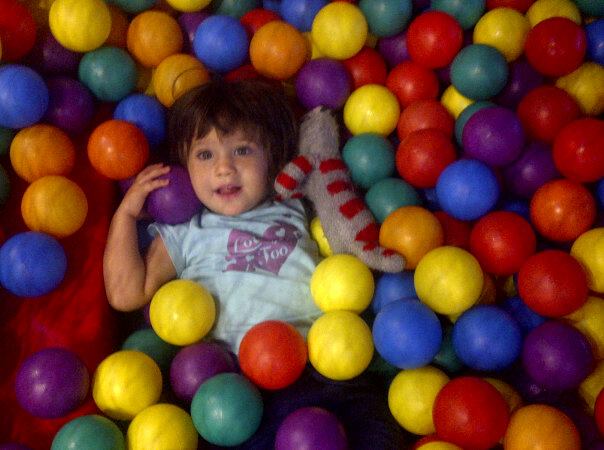

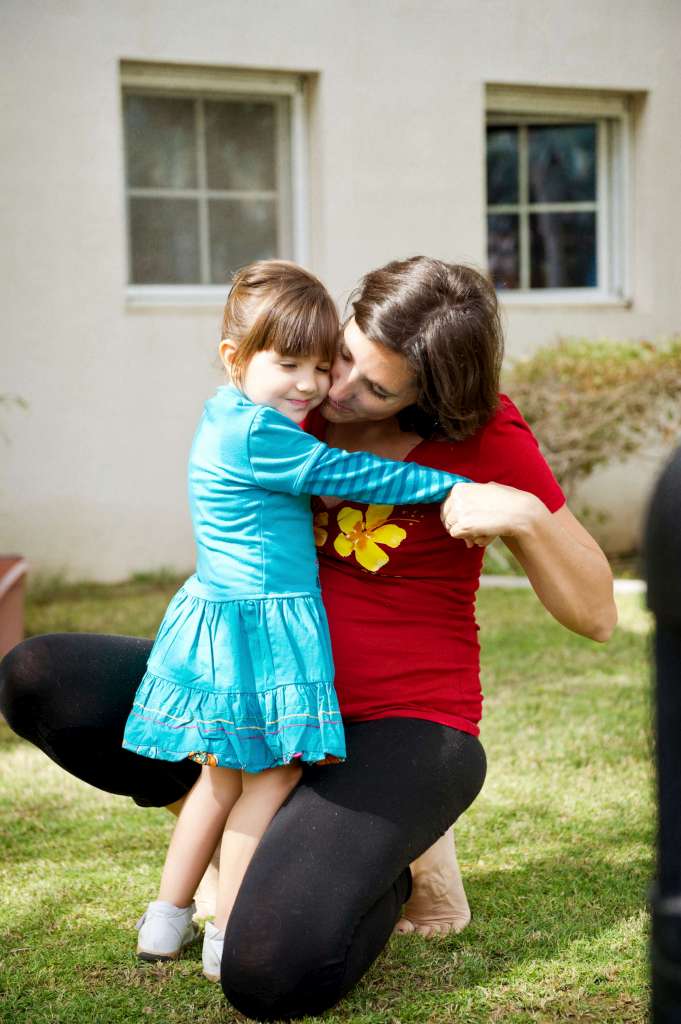



 English
English  Italiano
Italiano